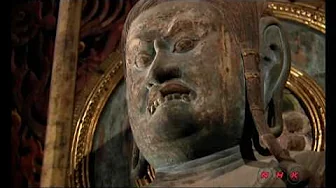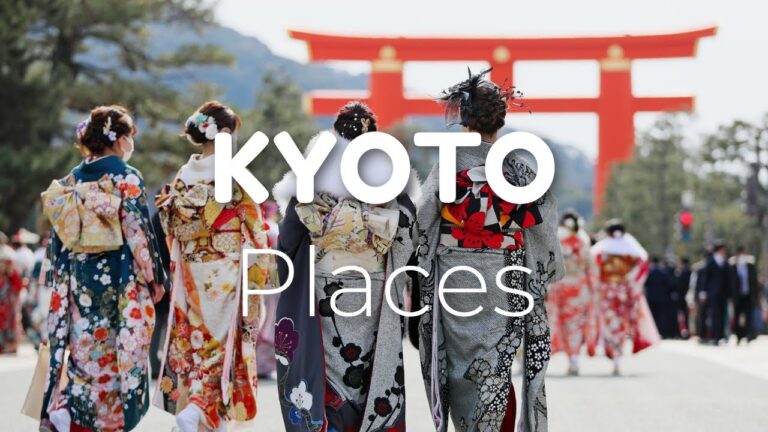Ancient Kyoto, a city steeped in history and culture, holds within its bounds the remnants of a bygone era. One of the most notable landmarks, the East temple, stands tall as a testament to the beauty and style of the Heian period. Dating back to when the capital of Japan moved to Kyoto in 794, this temple played a crucial role in protecting the city.
At a towering height of 56 meters, the East temple’s five-story pagoda and timber bell tower showcase the architectural marvels of the time. Delving deeper into the temple’s significance unveils its ties to the Buddhist monk Kukai. As the imperial court disposed ownership of the temple to Kukai, the site transformed into a hub for Buddhist teachings.
Within the temple’s lecture hall lie an array of Buddhist statues, each holding great symbolism and representing different aspects of Buddhist beliefs. The intricate details of the statues, especially the Tathagata figures, offer a glimpse into the spiritual world they embody. The presence of Bodhisattva and Vidya Raja statues further enriches the temple’s spiritual ambiance.
Notably, Kukai’s journey to China and his study of esoteric Buddhism influenced the temple’s artistry, including the special mandala painting he brought back. Recent studies on the temple’s statues have unveiled remarkable discoveries, such as a metal case containing sacred ashes within a statue, highlighting the reverence and importance placed on spiritual relics.
As visitors wander through the East temple and immerse themselves in its rich history, they can witness the fusion of art, spirituality, and cultural significance that define this ancient site. The East temple stands not just as a physical structure but as a living testament to a bygone era, preserving the legacy of Kukai and the spiritual teachings that have endured the test of time.












